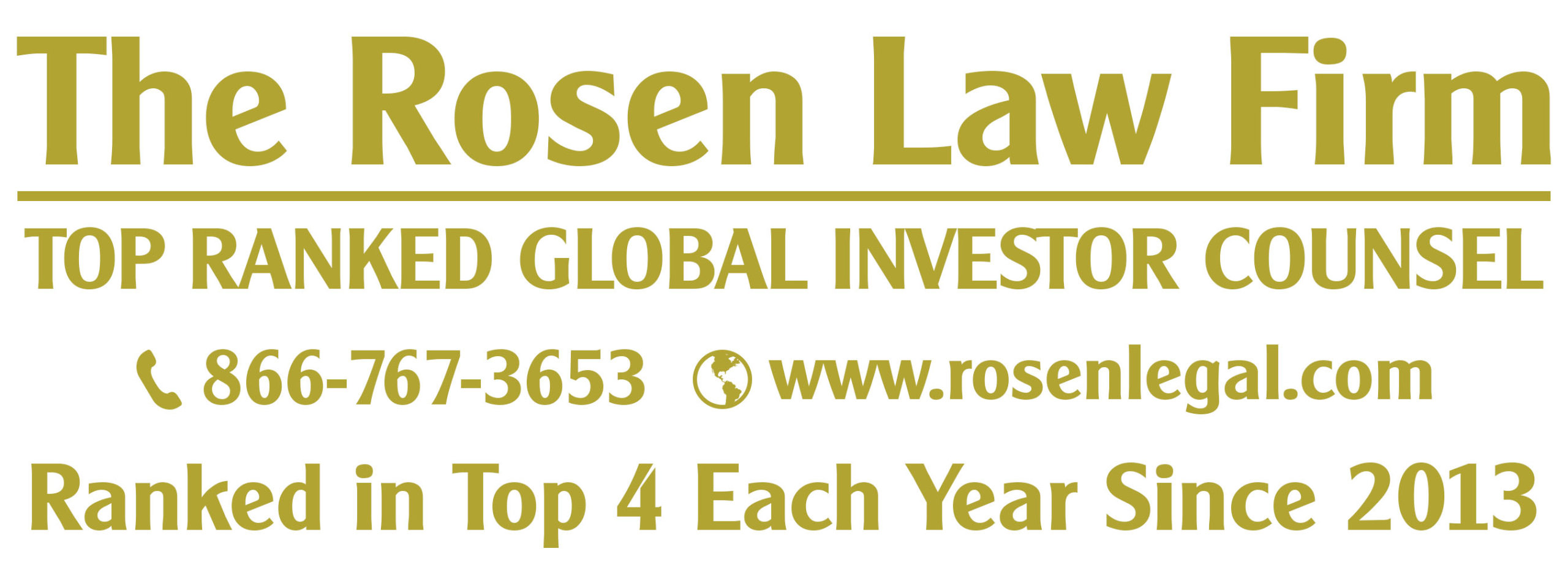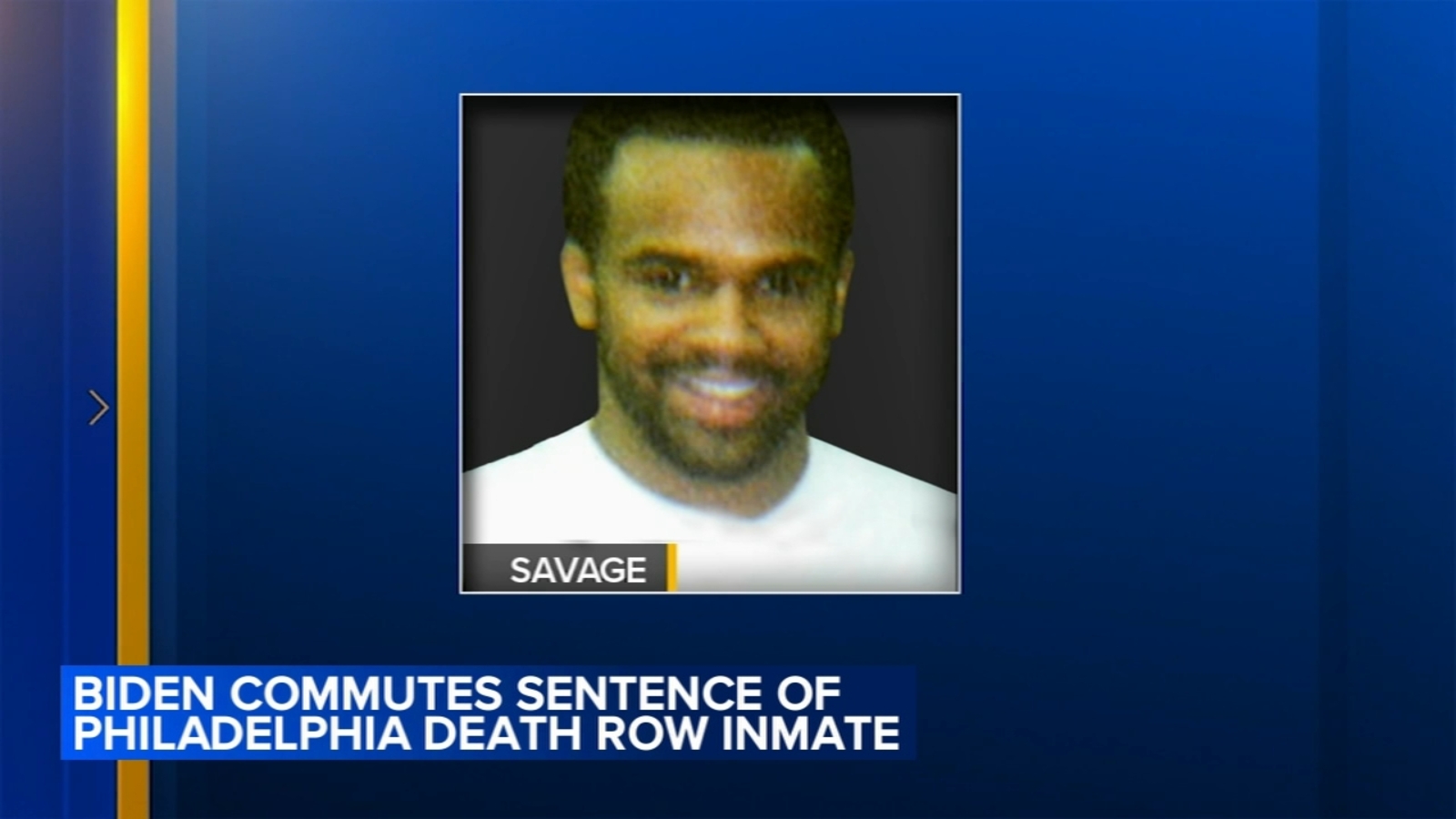Porter five forces model strategy framework diagram chart banner with icon vector has power of … [+] buyers, suppliers, threat of substitutes, new entrant competitive rivalry. Presentation template.
Michael Porter’s model of the Five Forces for Competitive Strategy provides a powerful framework for analyzing competitive pressures within industries. Although it serves as a centerpiece for business strategy, the Five Forces model has yet to be widely applied to higher education. Even though higher education is technically not an industry, universities face the same forces that guide the fate of businesses. These five forces – competitive rivalry, the threat of new entrants, the bargaining power of suppliers, the bargaining power of buyers, and the threat of substitute products or services – provide a powerful lens for analyzing the future of higher education.
The most visible manifestation of competitive rivalry in higher education is the intensifying battle for students. U.S. colleges and universities are grappling with demographic shifts that have reduced the pool of college-aged individuals, with an “enrollment cliff” predicted in the coming years. Declining enrollments have already begun. According to the Digest of Education Statistics, 2020 enrollments in four-year, for-profit colleges were down by about half from their 2010 peak, while two-year colleges declined about 40% from a 2010 peak. In the competition for students, the private non-profit sector is performing better and showed only a 10% decline in enrollment in this same period. The Department of Education projects about a five percent drop in the number of new high school graduates by 2031, and the Western Interstate Commission for Higher Education forecasts a 12% drop by 2037.
Online education has significantly lowered the barrier to entry in higher education and created opportunities for new online “mega-universities,” such as Western Governors University, ASU Digital Immersion, and Southern New Hampshire University. These universities dwarf enrollment from traditional universities and serve an ever-increasing share of the market of college students. For example, in 2024, the top five non-profit four-year institutions in the US enrolled over 720,000 students, more than double the enrollment of the top five ten years ago, and these five institutions alone enroll nearly 7 percent of the 10.8 million students in 4-year institutions in the US.
Universities and colleges have long enjoyed a monopoly on delivering and providing credentials. Their power has been further enhanced by traditional loyalty from students and their families, as well as the value of social networks and intergenerational connections enjoyed by alumni after graduation. Administrative and financial difficulties make it difficult for students to transfer to other schools, further strengthening the power of higher education suppliers.
Despite these barriers, universities are seeing increasing student mobility, between and across institutional sectors. Transfers from two-year colleges to four-year institutions grew by 7.7 percent in 2024, and transfers across institutions grew by 5.3 percent in 2023 compared to 2022. This mobility unfortunately also means leaving higher education altogether; for example, only 16 percent of community college students ultimately earn bachelor’s degrees within six years. The result has been a rising population of “some credit, no-credential” or SCNC students, which has risen to 41.9 million students in 2024, compared to just 36 million in 2019. In the 2022-23 academic year, 63 percent of the SCNC students who re-enroll switched institutions, and 67% of these students change sectors.
Students and their families wield significant bargaining power due to rising tuition costs and growing skepticism about return on investment. The cost of college in the United States has surged by over 169% since 1980, causing many students to reconsider the value of a 4-year college degree altogether, with only 51% of Gen Z high school students considering pursuing a four-year degree, down from 71% in May 2020.
To attract price-sensitive students, many universities are freezing or reducing tuition. Purdue University, for example, has frozen its tuition at $9,992 annually since 2012, and Colby-Sawyer college dropped its tuition from $46,000 to $17,500 for the 2023-24 academic year. Other schools are eliminating tuition altogether for students based on their income level. For example, students with family income less than $200,000 pay not tuition at MIT and University of Pennsylvania, while Stanford is tuition free for family incomes less than $150,000.
Perhaps the greatest threat to traditional universities and colleges is substitution by entirely new kinds of credentials. These “micro credentials” include skills-focused bootcamps and courses provided by leading tech companies, often at a very low cost. A 2023 report by Credential Engine identified over 1,000,000 programs provided by a diverse array of companies and institutions. Major suppliers include Coursera, offering specializations and Professional certificates, in partnership with companies like Google, IBM and Meta. EdX provides verified certificates, MicroMasters, MicroBachelors, and full degree programs in collaboration with major universities such as University of London, George Washington University, and New York University. Udacity’s nanodegrees, and LinkedIn’s paths also offer hundreds of alternatives to traditional degree programs.
A recent survey showed that while most employers are familiar with these alternative credentials, they need proof of their effectiveness. In response, the American Council of Education (ACE) and others have developed recommendations of specific micro credentials and their equivalent levels of academic credit. International frameworks for such as India’s National Skills Qualifications Framework (NSQF) or the European Credit Transfer and Accumulation System (ECTS) also provide guidance in evaluating online certificates.
Some traditional universities have responded by developing alternative credentials of their own. The Georgia University System has introduced a Nexus degree program allows a mix of experiential learning and coursework to stack toward bachelor’s degree, while Oregon State University allows its own micro credentials to count towards bachelor’s degrees. A 2024 Coursera report describes how the University of Texas Permian Basin integrates its professional certificates into degree programs. Other examples include Harvard Business School’s Credential of Readiness or program for foundational business skills, and Georgia Tech’s $11,000 online Master’s degrees in Computer Science.
As Michael Porter noted in his 1979 article, “The key to growth—even survival—is to stake out a position that is less vulnerable to attack from head-to-head opponents” and “less vulnerable to erosion from the direction of buyers, suppliers, and substitute goods.” Porter suggests a firm’s survival requires “solidifying their relationships with their customers” and “differentiating their product.” Sadly, too many universities are not attending to these requirements and their long-term sustainability may be questionable.
As a result, reports of college closures have become commonplace. Between 2004 and 2020, over 860 colleges closed, primarily in the for-profit sector. While the quality of small, private, non-profit institutions helps assure their survival, many are vulnerable to the same forces that can affect businesses. In 2023 alone, 14 non-profit, four-year institutions closed, including some with illustrious histories extending deep into the 19th century. A few institutions, such Sweet Briar College and Hampshire College, escaped closure through dramatic restructuring and aggressive fundraising, and a renewed consideration of their purpose and relationship with alumni, students and surrounding communities. For our universities and colleges to survive, they will need similar levels of courage and imagination in responding to these forces.
One Community. Many Voices. Create a free account to share your thoughts.
Our community is about connecting people through open and thoughtful conversations. We want our readers to share their views and exchange ideas and facts in a safe space.
In order to do so, please follow the posting rules in our site’s Terms of Service. We’ve summarized some of those key rules below. Simply put, keep it civil.
Your post will be rejected if we notice that it seems to contain:
User accounts will be blocked if we notice or believe that users are engaged in:
So, how can you be a power user?
Thanks for reading our community guidelines. Please read the full list of posting rules found in our site’s Terms of Service.
source













